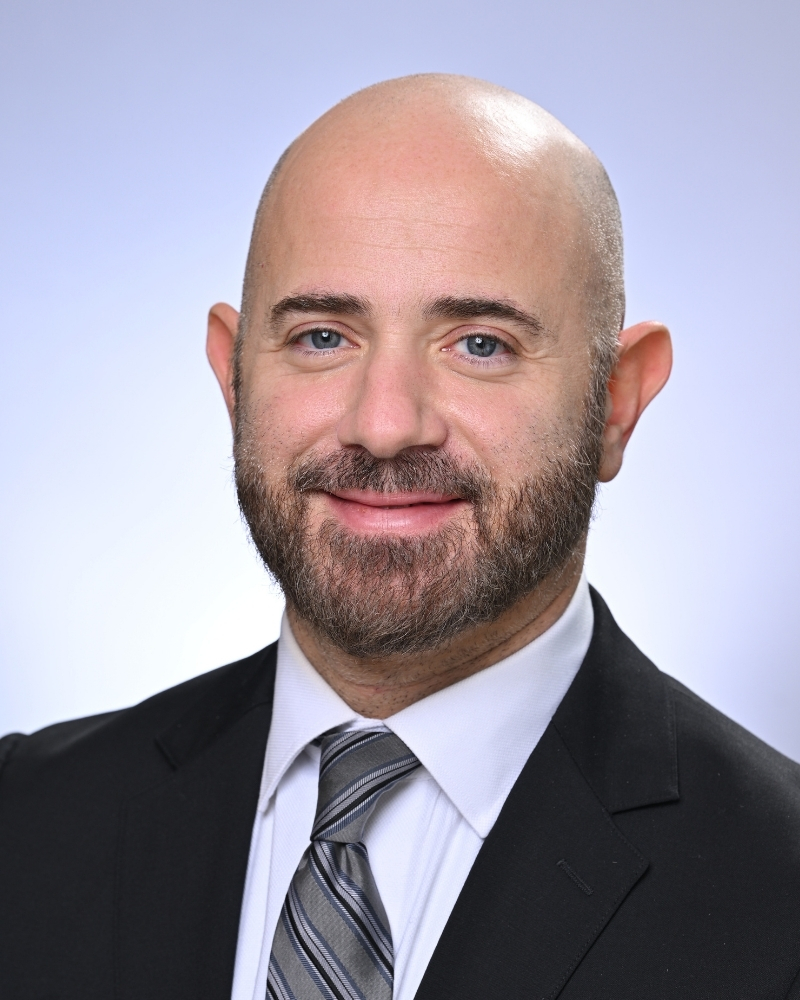Breast cancer is the most frequently diagnosed cancer among women, affecting approximately one in eight over the course of their lives, according to the American Cancer Society. Despite its prevalence, many misconceptions about breast cancer persist, which can lead to confusion and misinformation.
Elias Obeid, MD, a leading breast expert at St. Joseph’s Health in Paterson and Totowa, emphasizes the importance of understanding these myths to make informed decisions about breast health. “Clearing up misconceptions about breast cancer is crucial for early detection and effective treatment,” says Dr. Obeid. “The more informed you are, the better equipped you’ll be to manage your health.”
Below Dr. Obeid addresses some common myths and truths about breast cancer:
Myth #1: A large cup size increases your risk of breast cancer.
According to Dr. Obeid, “Breast size itself does not influence breast cancer risk. What matters is breast density. Dense breasts, which have more fibrous and glandular tissue compared to fatty tissue, can obscure cancer on mammograms. Women with dense breasts should discuss additional screening options, like ultrasounds or MRIs, with their healthcare provider.” When you get your mammogram, please check to see what the report mentioned about your breast density. Keep in mind, having dense breasts does not mean you will get breast cancer. It is very common to have dense breast (about half of women over 40 do). Having dense breasts increases your risk and makes it harder to detect, but it is not a foregone conclusion.
Myth #2: Breast cancer only affects older women.
While the risk of breast cancer increases with age, younger women can also develop it. A study published in BMJ Oncology found a rise in early-onset breast cancer among Americans under 50. Evaluating your risk factors and starting screenings earlier may be advised based on individual risk assessments. Talk to your doctor about which screenings – and when to start them – are best for you.
Myth #3: Men are immune to breast cancer.
Though much more rare in men, they can get breast cancer, too. In the U.S., about 1% of breast cancer cases are diagnosed in men, highlighting the need for awareness in all populations. If you are a man and felt a lump in your breast or a change in your nipple, the right thing to do is to get it checked by a doctor.
Myth #4: Breast lumps are always indicative of cancer.
Not all lumps or pain in the breast signify cancer. Common non-cancerous conditions include cysts, fibroadenomas, and fat necrosis. If you detect a lump, consulting with a physician for proper imaging is crucial to determine its cause. Most benign lumps do not require surgery unless they grow or cause discomfort.
Myth #5: You can only feel a lump if you have breast cancer.
Dr. Obeid says, “Breast cancer is often painless and may not present with lumps. Regular screenings are vital, as they can detect abnormalities before they become noticeable through self-examination. Early detection through mammograms or other recommended screenings is key to effective treatment.”
Myth #6: A lack of family history means you’re not at risk.
Most people with breast cancer do not have a family history of the disease. However, a family history of breast cancer can increase your risk. Regardless of family history, regular screenings are essential for early detection.
Myth #7: IVF treatments increase breast cancer risk.
Research indicates that in vitro fertilization (IVF) does not significantly increase breast cancer risk. A long-term study published in JAMA showed that women undergoing IVF treatments had similar breast cancer risks as the general population. Another recent study examined the impact of IVF treatments on breast cancer risk n BRCA1/2 mutation carriers (those are considered to have a baseline high risk for breast cancer due to their inherited risk) and found, even in this high risk population, there was no increased risk.
Myth #8: All breast lumps need to be operated on.
“If you detect a lump in the area of your breasts, don’t jump to conclusions. Instead, see a physician who will guide you through getting images to determine the cause of the lump,” says Dr. Obeid. For instance, a fibroadenoma is the most common non-cancerous breast lump found in women between 14 and 35 years old. Often if it is small and not bothersome, we don’t remove them.”
So, what does a breast cancer lump feel like?
A breast cancer lump can feel hard, firm, and solid, and have irregular edges. It may feel like it’s attached to the skin or surrounding breast tissue, and it may be tender but may not be painful.
If you notice changes in your breasts, or have other concerns, contact a St. Joseph’s Health healthcare provider who can help guide you through your options. Here’s what to look for:
- Changes in the shape or size of the breast
- Changes to the nipple, such as an inverted nipple, bloody discharge, or scaliness
- Skin changes like dimpling, bulging, puckering, or redness
- A lump in the armpit or breast
Breast cancer lumps can vary in size, shape, and feel, and some may be soft and movable. Other health conditions, like cysts and damaged fatty tissue, can also cause the same symptoms as breast cancer.
Stay informed and proactive about your breast health. If you find a lump, don’t panic – get it checked out. Click here to Find a Doctor today.







